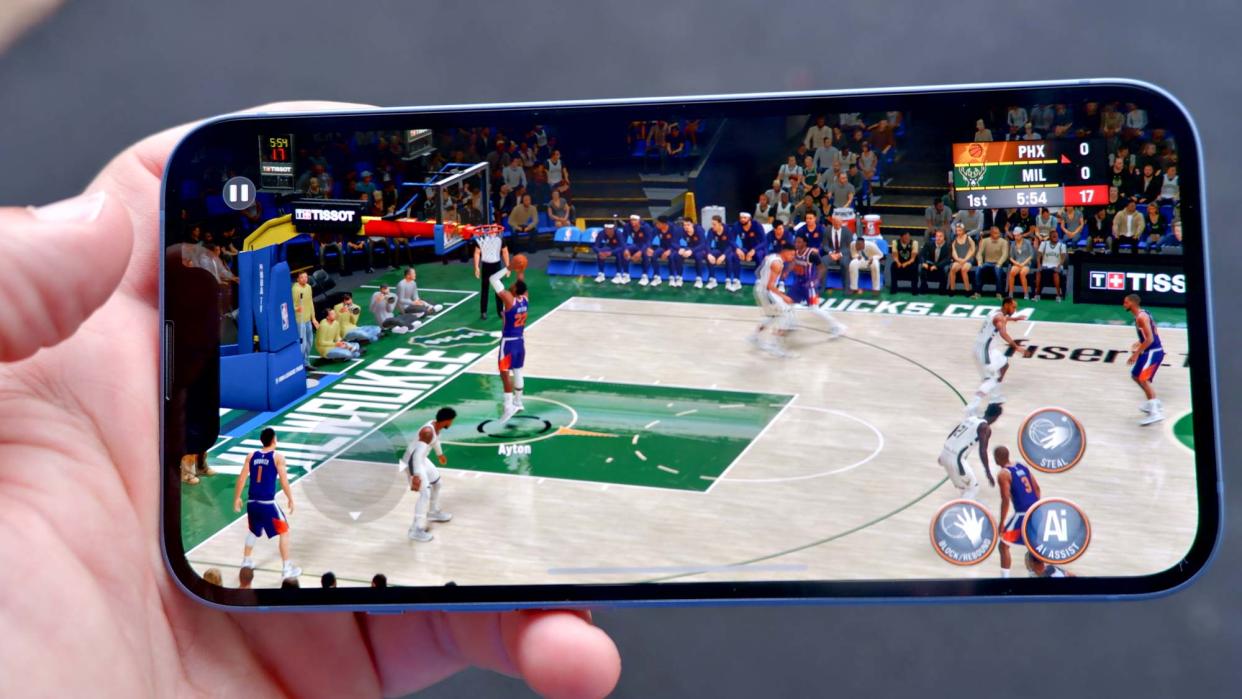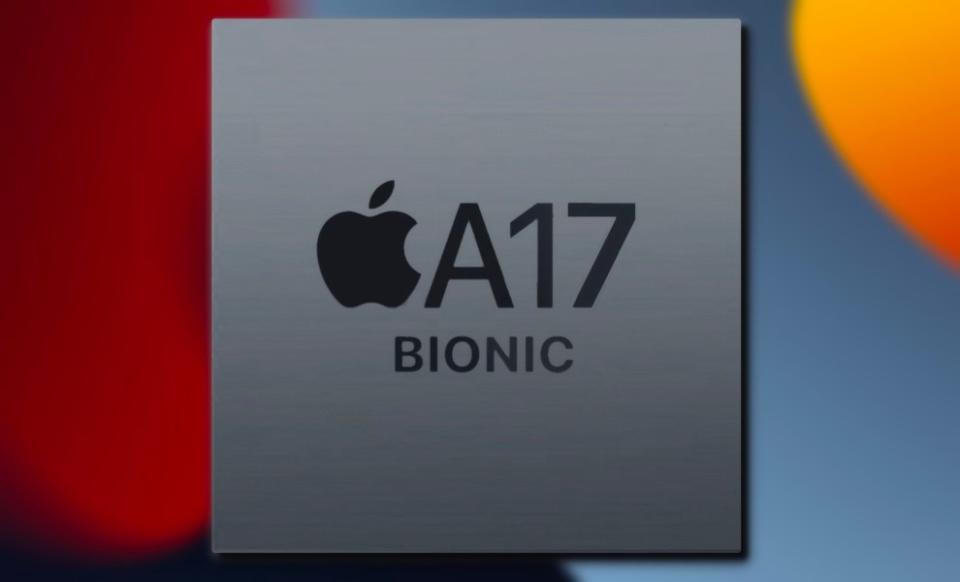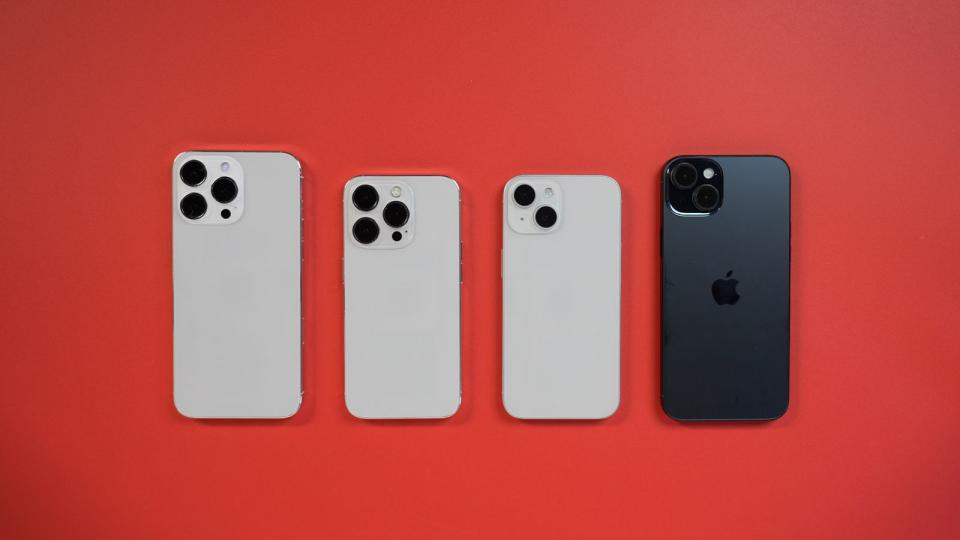iPhone 15 — Apple's about to repeat its biggest iPhone 14 mistake

Apple doesn't make many missteps when it comes to iPhones, as the popularity of the company's smartphone would suggest. And it's even rarer for Apple to repeat a mistake when coming out with a new iPhone. Yet, rumors suggest that's exactly what Apple is about to do with the iPhone 15 when that new phone arrives in a month's time.
Think back to last year when Apple did something it had never done before with its phones — release models powered by different types of chipsets. The iPhone 14 Pro and iPhone 14 Pro Max both featured a brand new A16 Bionic system-on-chip, powering those phones to the top of most benchmark charts for mobile handsets. Meanwhile, the iPhone 14 and iPhone 14 Plus made do with a variation on the A15 Bionic found in the previous year's phone.
You could argue that the decision really didn't hurt Apple. The iPhone continues to sell well, and more people doubtlessly decided to pay up for the iPhone 14 Pro models, not just for the newer silicon but also for the telephoto lens, fast-refreshing display and notch-replacing Dynamic Island cutout.
Still, the move made the standard iPhone 14 feel diminished. It's one thing to settle for less impressive specs to get a lower-cost phone. It's quite another to have to accept an older system-on-chip while all the attention gets lavished on a premium Pro model that's out of your price range.
If Apple's processor split for the iPhone 14 lineup rankled last year, then best prepare yourself for a rerun this fall — rumors suggest the phone maker intends to do the same thing with the iPhone 15 lineup.
A17 Bionic vs. A16 Bionic

This time around, the less expensive models — that's the regular iPhone 15 and the larger iPhone 15 Plus — are rumored to be getting the A16 Bionic from the current iPhone 14 Pro models. Meanwhile, the iPhone 15 Pro and iPhone 15 Pro Max will reportedly run on a new A17 Bionic system-on-chip.
The A17 Bionic won't be your typical annual upgrade. It's built on a 3nm processor compared to the 4nm A16 Bionic. That means a denser chip, which usually results in big gains in both performance and power efficiency. We'll have to test to confirm but on paper, you'd figure an iPhone 15 vs. iPhone 15 Pro comparison will feature some pretty distinct gaps in performance and battery life tilted toward the Pro models.
It's not all bad news if you opt for an A16-equipped iPhone 15 model. Based on our iPhone 14 Pro benchmarks, the A16 produces some pretty impressive numbers, even if Snapdragon 8 Gen 2-powered phones score better on some graphics tests. You can expect very strong performance from the A16 — just not nearly as strong as what the A17 figures to provide.
For that reason, it's tempting to think of the iPhone 15 as an also-ran to its more premium Pro sibling, even if that assessment is ultimately unfair. The iPhone 15 is tipped to get some other improvements like a better main camera and a Dynamic Island cutout of its own, even if those features also feel like hand-me downs from the iPhone 14 Pro.
Why split chipsets is a mistake

It also doesn't help that Apple is the only major phone maker to include this distinction for its flagship phones. All three Galaxy S23 models run on the same Snapdragon 8 Gen 2 system-on-chip. The same goes for both the Pixel 7 and Pixel 7 Pro and Google's Tensor G2 silicon.
You pay $799 for a Samsung flagship and you get the same chipset found in the $1,199 Galaxy S23 Ultra. That same $799 buys you an iPhone with silicon that powered last year's phones. That's a bad message to send to consumers.
It's an especially odd distinction to make when there are other ways to differentiate your Pro models from the entry-level flagship. For years, Apple was content to make cameras that big distinction between the pro and standard iPhones. It subsequently added display refresh rates as a difference maker. You could look at other areas, too — base model storage capacity, charging speeds, display brightness — before you ever decided to split up the processors being used by your flagship models.
But that's not the direction Apple is going in, if the iPhone 15 rumors prove true. Apple is betting that smartphone users who truly want a premium phone won't blink at paying up for a Pro model and the ones who can't swing that cost will decide that the standard iPhone is good enough. You'd have a hard time arguing against Apple's strategy given the company's track record, but it doesn't make the situation any more appealing for iPhone 15 shoppers.
